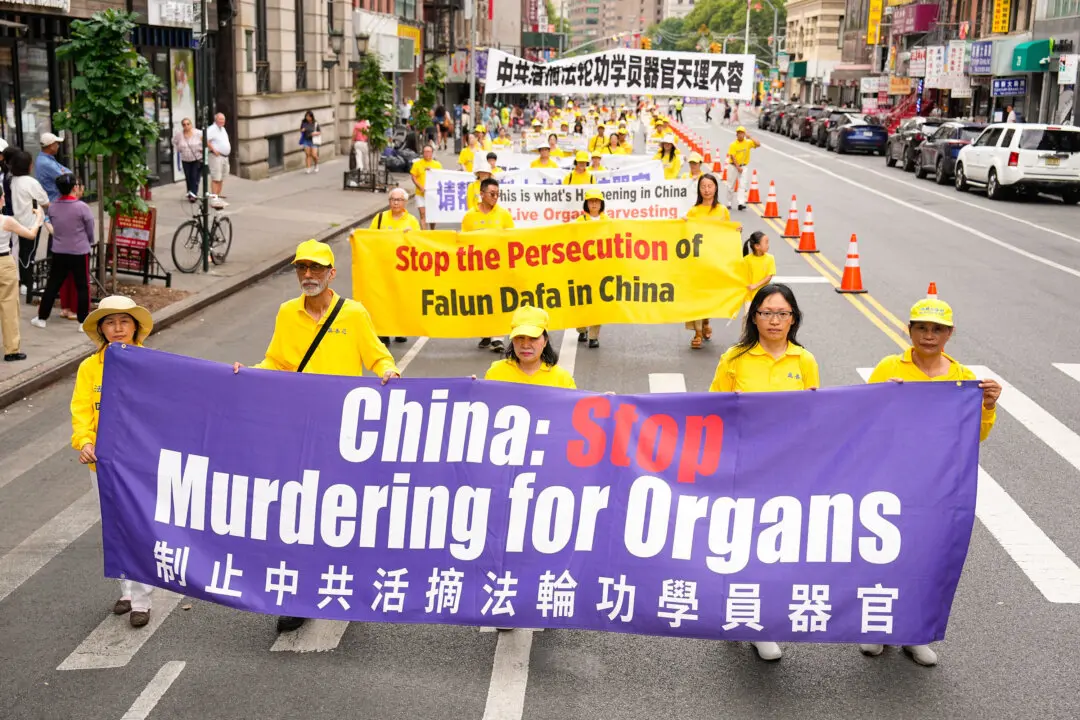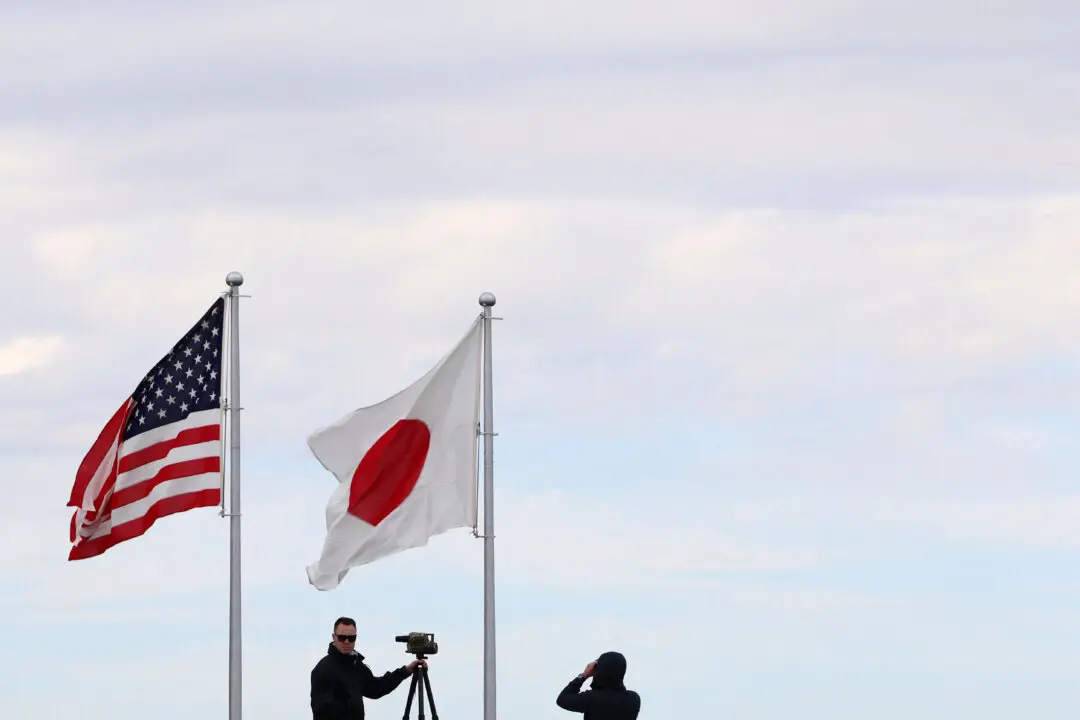Beijing has been focused on the media landscape of individual countries to push its narrative on the pandemic, according to a recent report.
“As the pandemic started to spread, Beijing used its media infrastructure globally to seed positive narratives about China in national media, as well as mobilizing more novel tactics such as disinformation,” the Brussels-based International Federation of Journalists (IFJ) stated in its latest research report.





